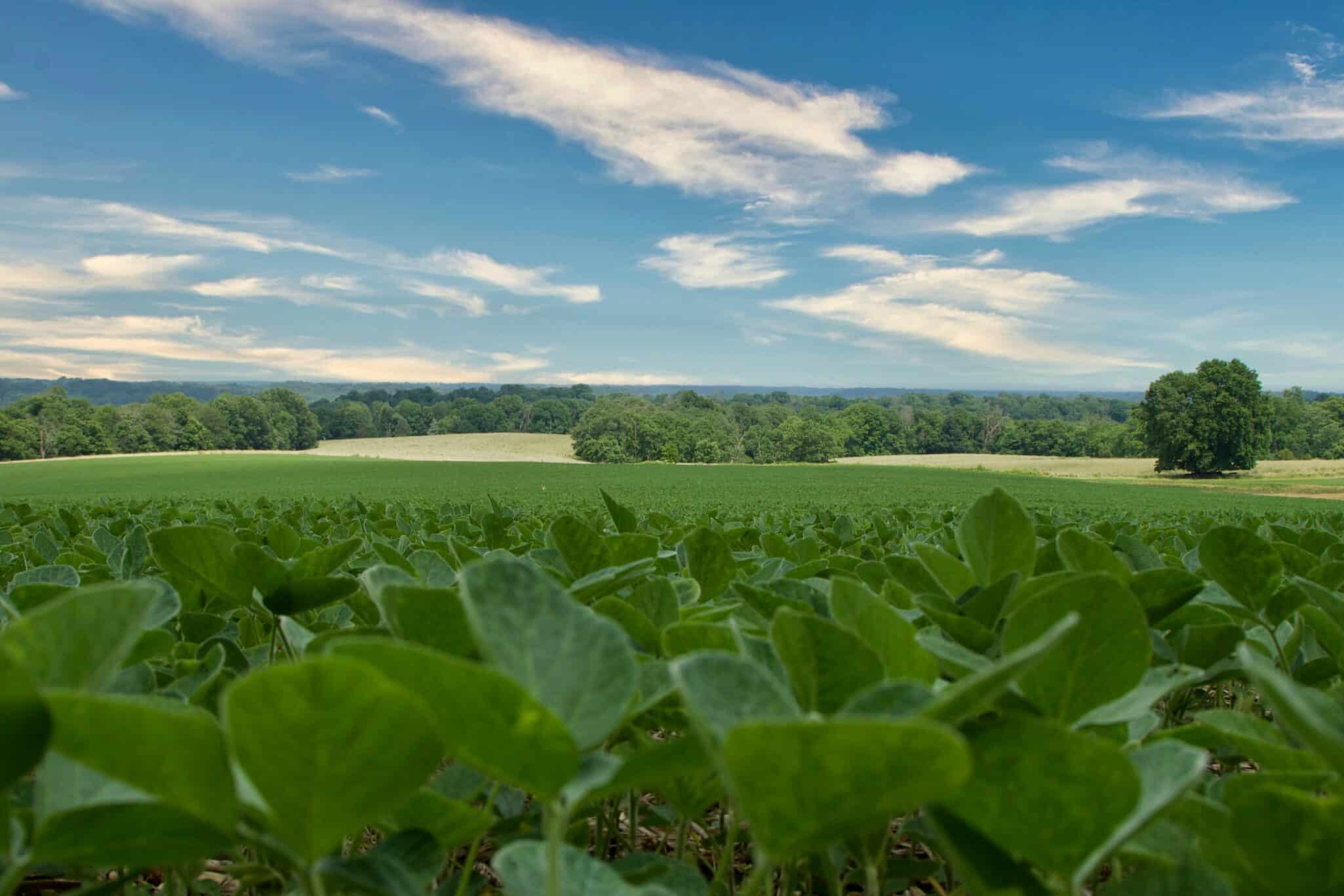Key Takeaways
- Rabobank’s Fall Harvest Outlook for North America analyzes grain, oilseed, and farm input markets amid trade tensions and rising production costs.
- The report highlights how shifting trade flows, particularly with China, and government intervention are reshaping U.S. agriculture.
- Analysts warn that rising input prices and market uncertainty are squeezing farm margins and complicating long-term planning.
- Rabobank experts suggest a “return to fundamentals” may be key to restoring competitiveness and stability in the sector.
- Policy timing and support mechanisms are emerging as major influences on input costs and planting decisions heading into 2026.
Rabobank’s Fall Harvest Outlook Highlights Structural Challenges in North American Agriculture
Rabobank, one of the world’s largest cooperative banks and a recognized leader in global food, agriculture, and energy markets, has published its Fall Harvest Outlook for North America. The report examines the key economic, policy, and trade factors affecting the region’s grains, oilseeds, and farm inputs industries as the 2025 harvest season begins.
Rabobank analysts suggest that to remain competitive in a volatile global environment—shaped by tariffs, trade realignments, and geopolitical tensions—the North American agricultural sector may need to “return to fundamentals” to stabilize pricing and profitability.
Trade Shifts Challenge U.S. Soybean Competitiveness
Stephen Nicholson, Global Sector Strategist for Grains & Oilseeds and Farm Inputs at Rabobank, noted that U.S. soybean exports have been significantly impacted by China’s shifting import patterns.
“The U.S. is the number two producer and exporter of soybeans and has fallen out of China’s graces, who once purchased the majority of U.S. soy exports. Today, China is purchasing nearly 90 percent of its soybean demand from Brazil and none to date in 2025 from the U.S.,” Nicholson said.
He added that while Brazil and Argentina face logistical challenges, they remain competitive due to multi-crop seasons and lower labor costs. The analyst warned that continued trade policy volatility could have long-term consequences for global trade flows and near-term impacts on producers.
High Input Costs and Policy Uncertainty Pressure Farm Margins
The Fall Harvest Outlook highlights that North American growers are facing narrowing margins due to persistently high input costs, particularly fertilizers. These costs are being driven by global demand and supply shortages, compounding the pressure on producers.
Sam Taylor, Farm Inputs Analyst at Rabobank, commented: “With costs for growers in North America taking a divergent path from market returns, farmers face a quandary heading into 2026. Input pricing and demand are now at the behest and timing of government policy.”
The report points out that U.S. farm policy has become increasingly interventionist, adding uncertainty to market expectations.
Government Support May Delay Market Recovery
According to Owen Wagner, Senior Grains & Oilseeds Analyst at Rabobank, the evolution of farm support programs has altered the traditional counter-cyclical nature of agricultural policy. “Although enhanced government payments are well-intentioned, more dollars routed toward income support runs the risk of distorting markets, potentially delaying a recovery in the commodity cycle,” Wagner explained.
He noted that since the 2008 Farm Bill, there has been a positive correlation between government support and market returns—contributing to inflationary pressures in input markets.
Adoption of Sustainable Practices Faces Financial Barriers According To Rabobank
As farmers consider long-term resilience, analysts note that systemic barriers continue to limit the adoption of innovative or sustainable production methods.
Eric Gibson, Farm Inputs & Crop Production Sustainability Analyst at Rabobank, stated: “While adopting new, innovative solutions is often already a struggle, now producers are trying to figure out how they can navigate implementing changes without further tightening their balance sheets. Some opportunities exist which can improve production cost, but the ability to manage and mitigate risk will be a larger question to be considered.”
Gibson’s recent analysis emphasizes the need for broader structural and financial support to help farmers transition toward more efficient and sustainable practices without increasing financial strain.
Rabobank Outlook: Balancing Fundamentals and Future Innovation
Rabobank’s analysts conclude that North America’s agriculture sector stands at a crossroads—balancing traditional production fundamentals with the growing need for innovation, risk management, and sustainability.
While external factors such as trade policy and input prices will continue to influence the sector, the report suggests that long-term competitiveness will depend on efficiency, adaptability, and policy alignment to support both profitability and resilience.



1 Comment